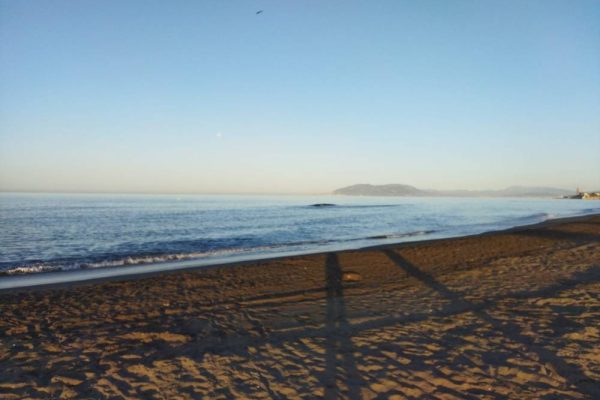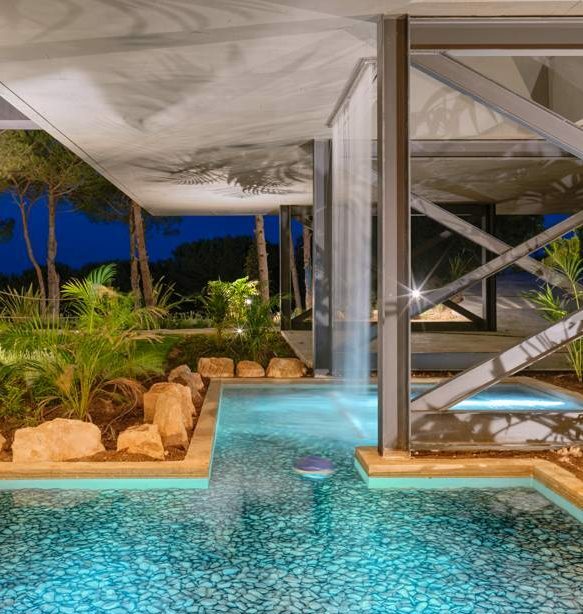Immerse Yourself in Rincón de la Victoria and the Rich Culture and Beautiful Landscapes of the Costa del Sol
Are you looking to immerse yourself in the rich culture and beautiful landscapes of Spain? Look no further than Rincón de la Victoria. Located in the heart of the Costa del Sol, this charming city boasts stunning beaches, ancient monuments, delicious cuisine, and plenty of outdoor activities.
Whether you’re seeking a picturesque getaway or a fun-filled adventure, Rincón de la Victoria has something for everyone.
About Rincón de la Victoria
Overview of Rincón de la Victoria
Rincón de la Victoria is a coastal city located in the province of Málaga, in southern Spain. It is known for its beautiful beaches, crystal-clear waters, and breathtaking sunsets. The city has a long history, with evidence of human settlements dating back to prehistoric times. Today, Rincón de la Victoria is a highly popular tourist destination, attracting visitors from around the world with its scenic beauty, rich culture, and warm hospitality.
History and Culture of Rincón de la Victoria
Rincón de la Victoria has a rich cultural heritage that is reflected in its numerous historical monuments and cultural attractions. One of the must-see monuments is the Cueva del Tesoro, an ancient cave discovered in the 19th century that is filled with beautiful rock formations and underground lakes. Another important monument is the Castillo de Bezmiliana, a historic castle that now serves as a cultural center where concerts and events are held.
In addition to its historical monuments, Rincón de la Victoria is also known for its vibrant and diverse cultural scene. The city hosts numerous festivals and events throughout the year, celebrating everything from local cuisine to music and dance.
Top Attractions in Rincón de la Victoria
Exploring the Beaches of Rincón de la Victoria
One of the main attractions of Rincón de la Victoria is its beautiful beaches. The city boasts several beaches, including Playa de los Rubios, Playa de la Cala del Moral, and Playa de la Victoria. Each beach offers something unique, from secluded coves to lively promenades.
Discovering the Cueva del Tesoro
The Cueva del Tesoro (Treasure Cave) is one of the most fascinating attractions in Rincón de la Victoria. This underground cave extends over 700 meters below sea level and is believed to have been inhabited by humans in the Paleolithic era. The cave gets its name from the legend that says the Arab king Abu al-Hassan hid his treasure here during the 14th century.
Visitors can take guided tours of the cave to admire the impressive stalactite and stalagmite formations and learn about its history and legends. The cave even has a small lake inside, adding to its allure. The cave is open year-round, and visitors can purchase tickets at the entrance.
Visit the Historic Castillo de Bezmiliana
The Castillo de Bezmiliana is one of the most important historical monuments in Rincón de la Victoria. This castle was built in the late 18th century by King Carlos III to protect the coast from pirate attacks. The castle has witnessed many historical events, including the Napoleonic Wars.
Today, the castle functions as a museum and exhibition hall, showcasing artwork and objects from different periods of history. The castle is open to visitors, and guided tours are available. Don’t miss the opportunity to explore the castle and learn about its rich history.
In conclusion, Rincón de la Victoria is a beautiful coastal city that offers many attractions for tourists. The beaches, the Cueva del Tesoro, and the Castillo de Bezmiliana are among the must-visit places in the region. Don’t miss the chance to try the delicious boquerones victorianos, a local delicacy, and enjoy water activities. Come and discover the beauty of Rincón de la Victoria!
Activities and Things to Do in Rincón de la Victoria
Enjoying the Local Gastronomy of Rincón de la Victoria
Rincón de la Victoria is known for its delicious cuisine, which includes fresh seafood, locally sourced produce, and traditional dishes. Some of the dishes you must try include fritura malagueña, a popular seafood dish, and tortas de aceite, a sweet treat perfect for breakfast or dessert.
Enjoying Water Sports in Rincón de la Victoria
With its beautiful beaches and crystal-clear waters, Rincón de la Victoria is the perfect destination for water sports enthusiasts. Visitors can enjoy surfing, windsurfing, kayaking, and more.
Exploring Natural Parks and Hiking Trails in Rincón de la Victoria
Rincón de la Victoria is surrounded by beautiful natural parks and hiking trails, making it an ideal destination for nature lovers. Some of the top parks and trails include the Montes de Málaga Natural Park, El Torcal de Antequera, and the Sierra de las Nieves.
Accommodation in Rincón de la Victoria
Choosing the Best Hotels and Resorts in Rincón de la Victoria
Rincón de la Victoria offers a wide range of accommodations, from luxurious resorts to cozy bed and breakfasts. Some of the top-rated hotels in the city include Hotel Elimar, Hotel Rincón Sol, and Hotel María Cristina.
Exploring Vacation Rental Options in Rincón de la Victoria
For visitors who prefer a more private and immersive experience, there are plenty of vacation rental options in Rincón de la Victoria. From seaside apartments to cozy country houses, there is something for every taste and budget.
Getting to and Around Rincón de la Victoria
Best Ways to Reach Rincón de la Victoria
Rincón de la Victoria is easily accessible by car or bus from Málaga, which is the nearest airport. Visitors can also take a train to Málaga and then transfer to a bus or taxi to reach Rincón de la Victoria.
Transportation Options in Rincón de la Victoria
The city is easy to navigate on foot, but visitors who wish to explore the surrounding areas can rent a car, take a taxi, or use the local bus service. With its variety of transportation options, Rincón de la Victoria is a great destination for travelers looking to explore the beauty and culture of southern Spain.
Rincón de la Victoria is a charming coastal city that offers a wide range of activities and attractions for visitors to enjoy. Its delicious gastronomic dishes, fantastic opportunities for water sports, and impressive natural parks and hiking trails make it a must-visit destination for anyone traveling to the Costa del Sol.
PLACES WE RECOMMEND VISITING:
The Casa-Fuerte de Bezmiliana (old name of Benagalbon), is the most emblematic monument of Rincón de la Victoria. It was erected to help defend the area from pirate attacks, around 1766. Its current use is as an exhibition hall.
The watchtowers erected in the 14th century, which still survive and have a conical-trunk architecture, are the Torre de Benagalbón and El Cantal. Their function was that of watchtowers.
Museum of Popular Arts.
The Cueva del Tesoro, or ancient Cueva del Higuerón, is the only known cave in Europe whose origin is underwater. Its galleries were formed underwater due to the erosion of currents and waves. It was declared BIC in 1985. According to popular tradition, an Almoravid emperor hid a treasure in this cave.
The most notable religious monuments in the municipality are in Cala del Moral the church of Nuestra Señora del Rosario, in Rincón de la Victoria the church of Nuestra Señora de la Victoria and in Benagalbón the church of Nuestra Señora de la Candelaria.
The Archaeological Park of the Mediterranean is located next to the Cueva del Tesoro. It is a large green lung in which the conservation of the prehistoric heritage is combined with the socio-cultural use of this recreational area.




